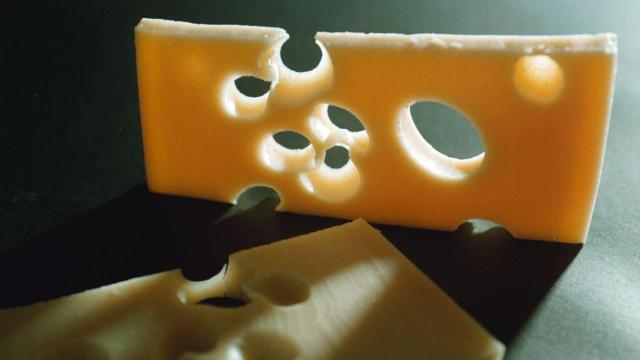Smells, like the tangy scent of the ocean or the acrid odor of smoke, are powerful cues that shape our memories and warn us of imminent threats. But for approximately 12 per cent of Americans over the age of 40, this crucial sense is significantly reduced or absent altogether. While scientists are still working to understand the causes behind this impairment, researchers at the University of Miami Miller School of Medicine have developed a method for restoring olfaction in mice through the use of stem cells.
The scientists behind the new work say that there are many different reasons someone may lose their sense of smell, including genetic disorders, head trauma, and general age-related decline. Yet, despite these diverse sources of olfactory loss, they say there is a common factor: neurogenic exhaustion. Or simply put, the olfactory sensory neurons in your nose responsible for sending scent signals to the brain become worn out and unable to repair themselves.
“I’ve had patients very eloquently talk about how much they miss being able to detect odours,” said Bradley Goldstein, a lead author on the study. He recounted one patient who had grown up in the Caribbean and was troubled on a recent visit home because they could not smell the familiar aromas of their childhood. Without those scents, the patient said, the island no longer felt like home. “Many of them are really, really bothered by it.”
Unfortunately, loss of one’s sense of smell can happen even without any acute trauma.
“People tend to see wear and tear, or a failure to maintain a healthy olfactory neuron population in [their] nose,” Goldstein told Gizmodo by phone. “These are pretty vulnerable neurons that are exposed to the outside world. Things can damage them and even though they tend to regenerate pretty well, things can wear out.”
The team created a mouse population with a reduced sense of smell, also referred to as hyposmia. To induce hyposmia, they wiped out the mice’s functioning olfactory sensory neurons with a corrosive chemical and used a drug to replace them with ciliopathic olfactory sensory neurons instead. Cilia, microscopic hair-like projections on the nose tissue, are responsible for detecting the chemical components of odours and transmitting that information to the sensory neurons. Without being able to communicate with the cilia, the neurons themselves have no idea what they’re “smelling.”
In the nose, there are two main types of tissue cells responsible for replenishing sensory neurons. The first are called globose basal cells (GBC), which are the nose’s first line of defence, and second are horizontal basal cells, the nose’s reserve calvary. The research team isolated and cultured a population of mouse GBCs that could be introduced to other mice’s damaged olfactory tissue to jump-start the replenishment of olfactory neurons.
The mice, while under anesthesia, inhaled small droplets of a solution containing the GBC stem cells. Goldstein said the team was surprised at how quickly and effectively the new stem cells were able to engraft to the damaged tissue. They evaluated the effectiveness of the engraftment through both behavioural tests (e.g. would the mice enter a chamber that smelled like a predator?) and by examining the function of the neurons using an electro-olfactogram (EOG.) Both measures found significant recovery of the olfactory neurons, suggesting the treatment was a success, according to the study published Thursday in Stem Cell Reports.
However, Goldstein explained that significant improvement does not necessarily mean total recovery of the olfactory sense.
“[Previous research] found that if even a fairly small percentage of all olfactory neurons are restored, that seems to result in clinically significant function in other animal models,” Goldstein said. “So we think that even a modest restoration of that neuron population may be significant.”
When it comes to moving this research forward—and perhaps applying it to humans one day—it will be important to explore ways to engraft stem cells like these without first damaging tissue within the nose, said James Schwob, an olfactory researcher at Tufts University who was not involved with the new study but who has previously worked with Goldstein on olfactory engraftment.
“The challenge is going to be trying to [engraft analogous cells] in humans in a way that would be amenable with a fairly broad kind of engraftment… and that [would] not make things worse,” Schwob told Gizmodo by phone. “One strategy for the future would be to try to figure out a way to get the transplants to engraft without having to damage the [tissue] first.”
Goldstein also stressed that identifying the correct stem cells in the human nose will be an obstacle to overcome, and that a better understanding of the mechanisms behind olfactory loss in general will help researchers design treatments that could one day help restore quality of life to affected patients.
